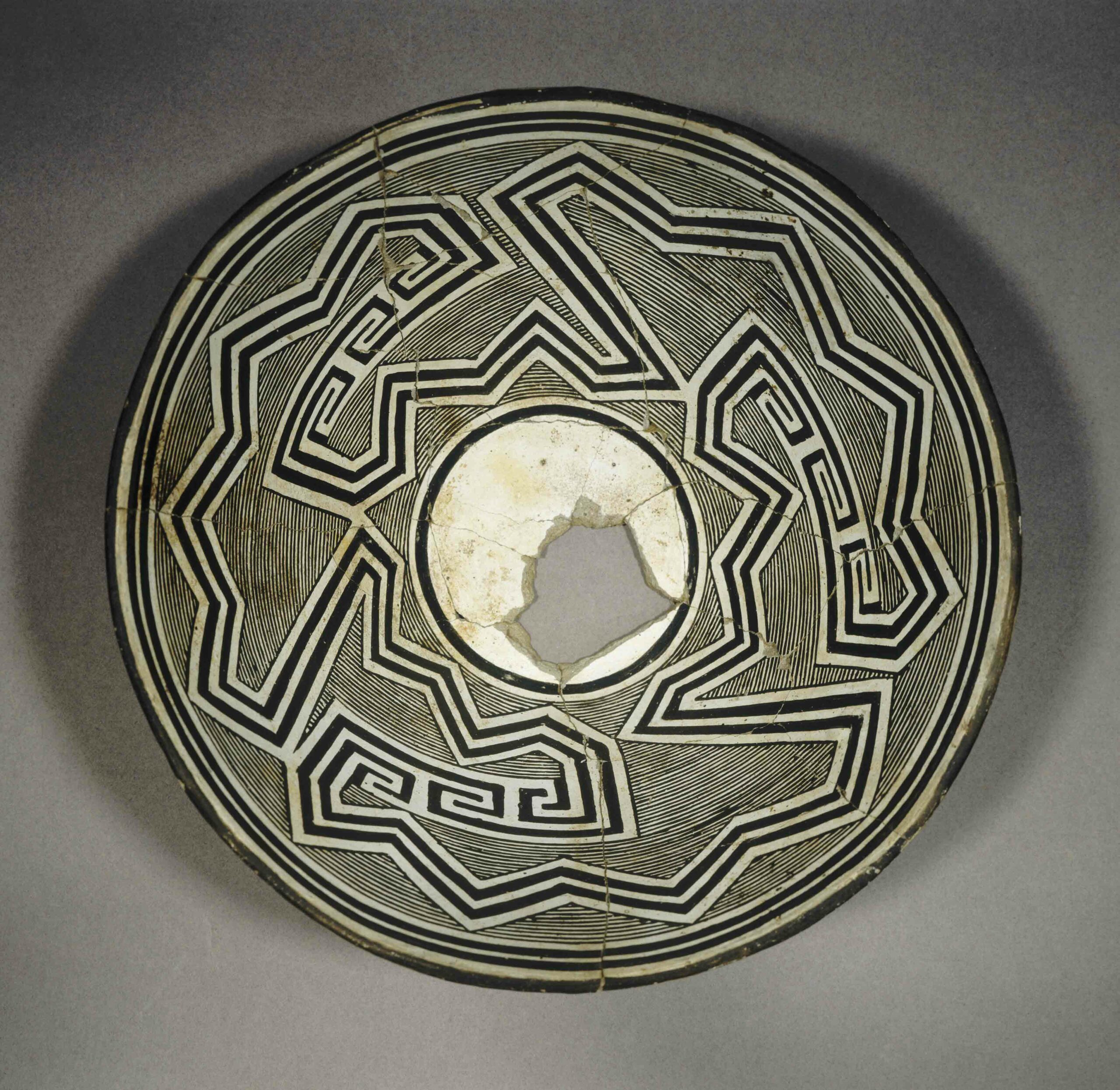RICHMOND, MAINE—Archaeologists are trying to learn as much as they can about Fort Richmond before the site is lost to the construction of a new bridge across the Kennebec River. A military garrison was first built on the site in 1721. Historical records indicate that that fort was soon attacked and then enlarged. By 1740, the final fort was in place. Walkways, walls, a cistern, chimney bases, and cellars have been uncovered, but most of the artifacts that have been found are from a nineteenth-century residence that used the fort’s cellars as garbage pits. “The structure of the fort itself is pretty amazing, and the way they built one fort on top of the other and move stuff around it’s quite a challenge to cypher it out and figure out what’s going on,” said Lee Cramner, retired head of the Maine Historic Preservation Commission.
Maine’s Fort Richmond Excavated
News June 6, 2013
Recommended Articles
Off the Grid November/December 2025
Bighorn Medicine Wheel, Wyoming
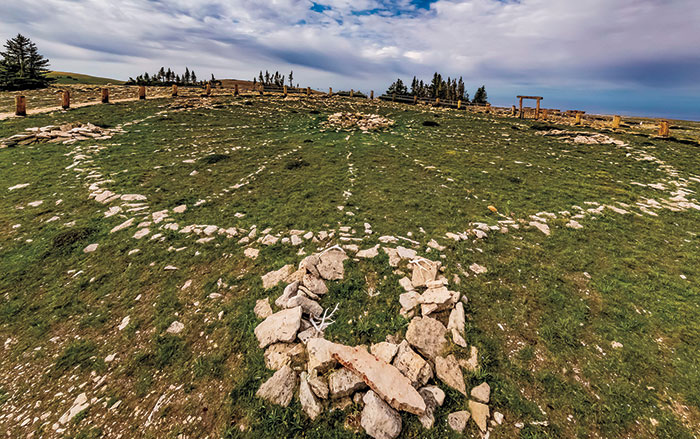
Letter from Mongolia November/December 2025
Building the Black City
Why the nomads of the Uighur Empire constructed a medieval urban center like no other
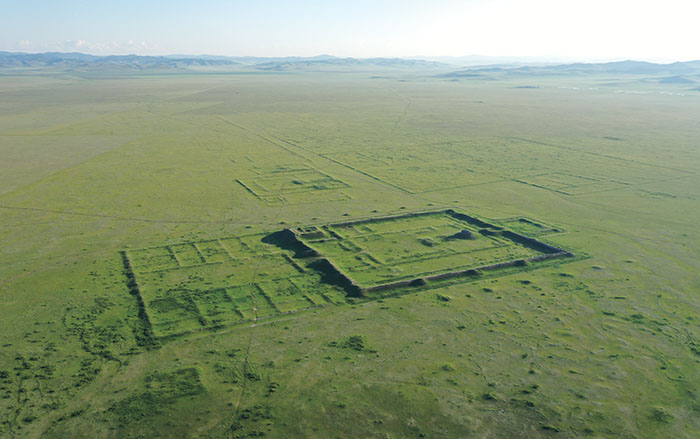
Digs & Discoveries November/December 2025
In His Majesty's Secret Service
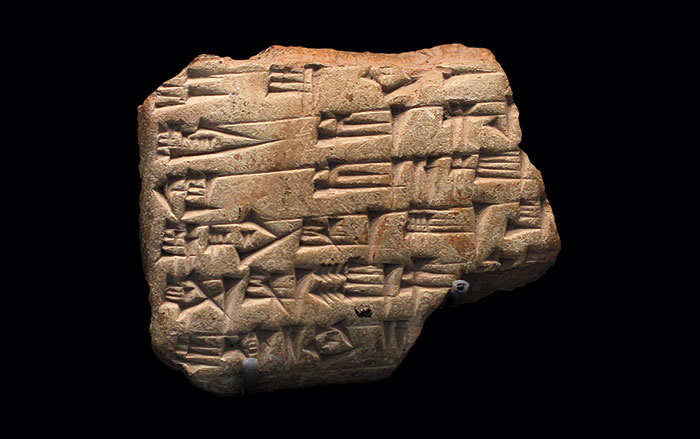
Digs & Discoveries November/December 2025
Washington Risks It All
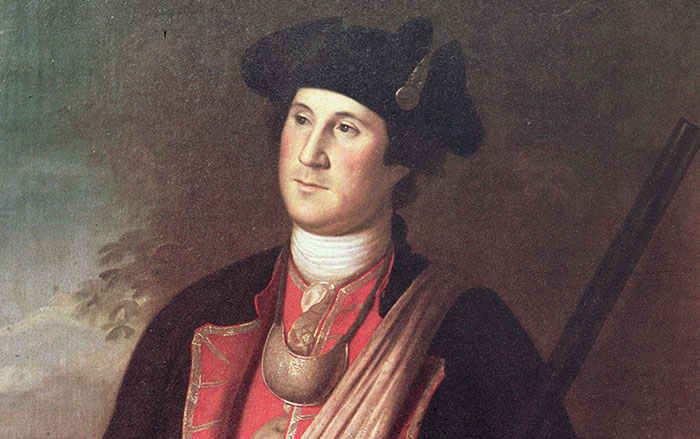
-
Features May/June 2013
Haunt of the Resurrection Men
A forgotten graveyard, the dawn of modern medicine, and the hard life in 19th-century London
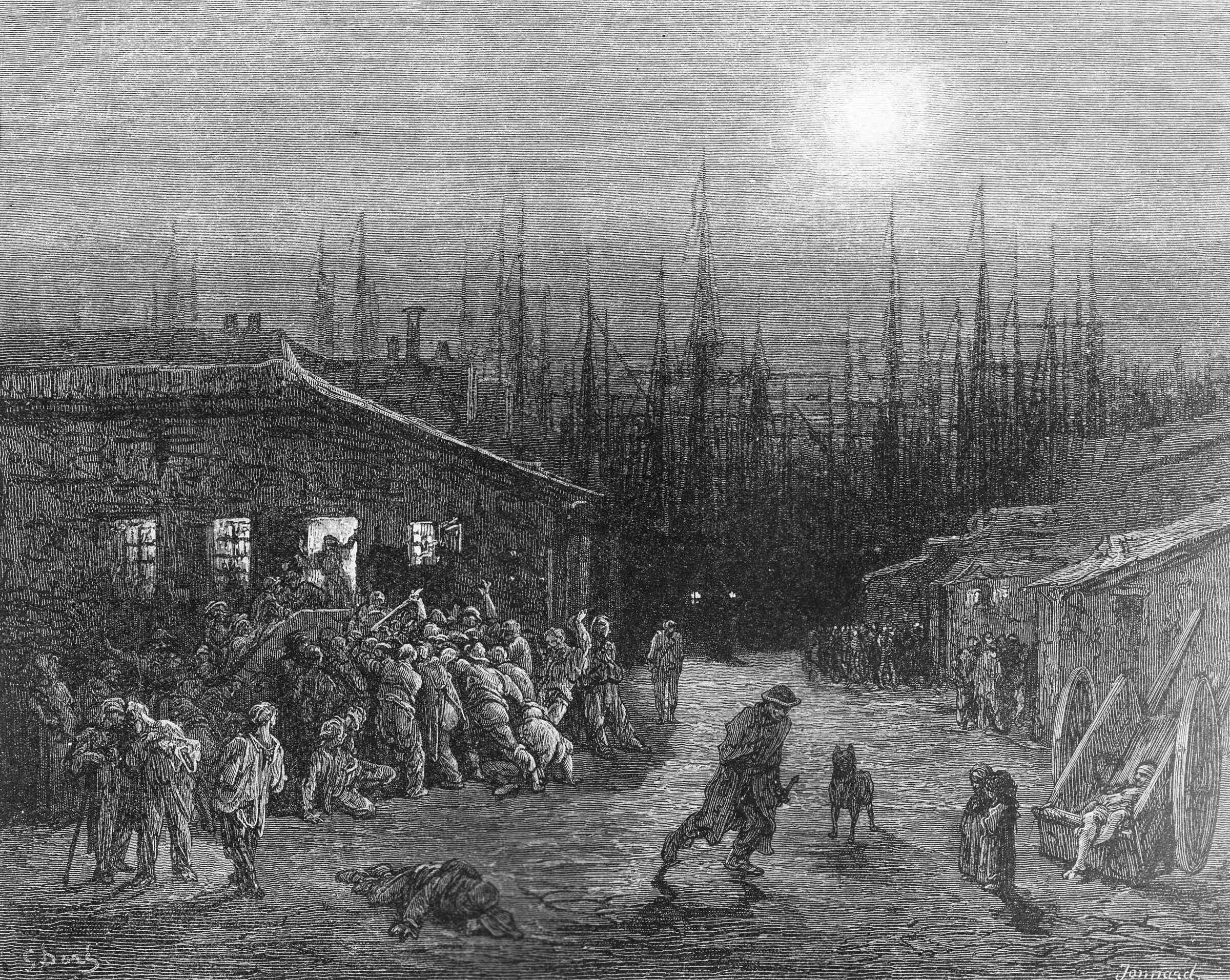 (Private Collection/The Bridgeman Art Library)
(Private Collection/The Bridgeman Art Library) -
Features May/June 2013
The Kings of Kent
The surprising discovery of an Anglo-Saxon feasting hall in the village of Lyminge is offering a new view of the lives of these pagan kings
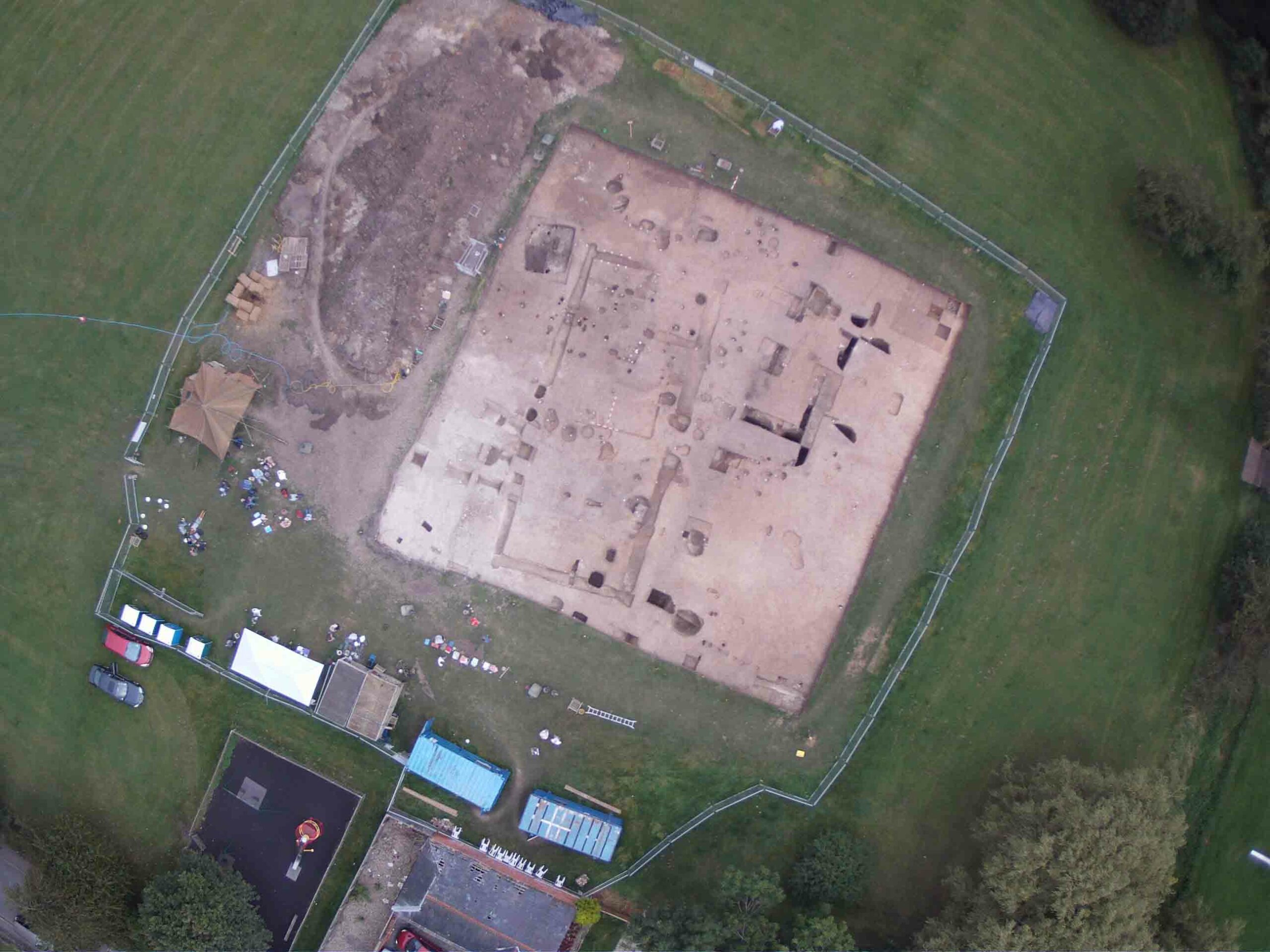 (Photo by William Laing, © University of Reading)
(Photo by William Laing, © University of Reading) -
Letter from Turkey May/June 2013
Anzac's Next Chapter
Archaeologists conduct the first-ever survey of the legendary WWI battlefield at Gallipoli
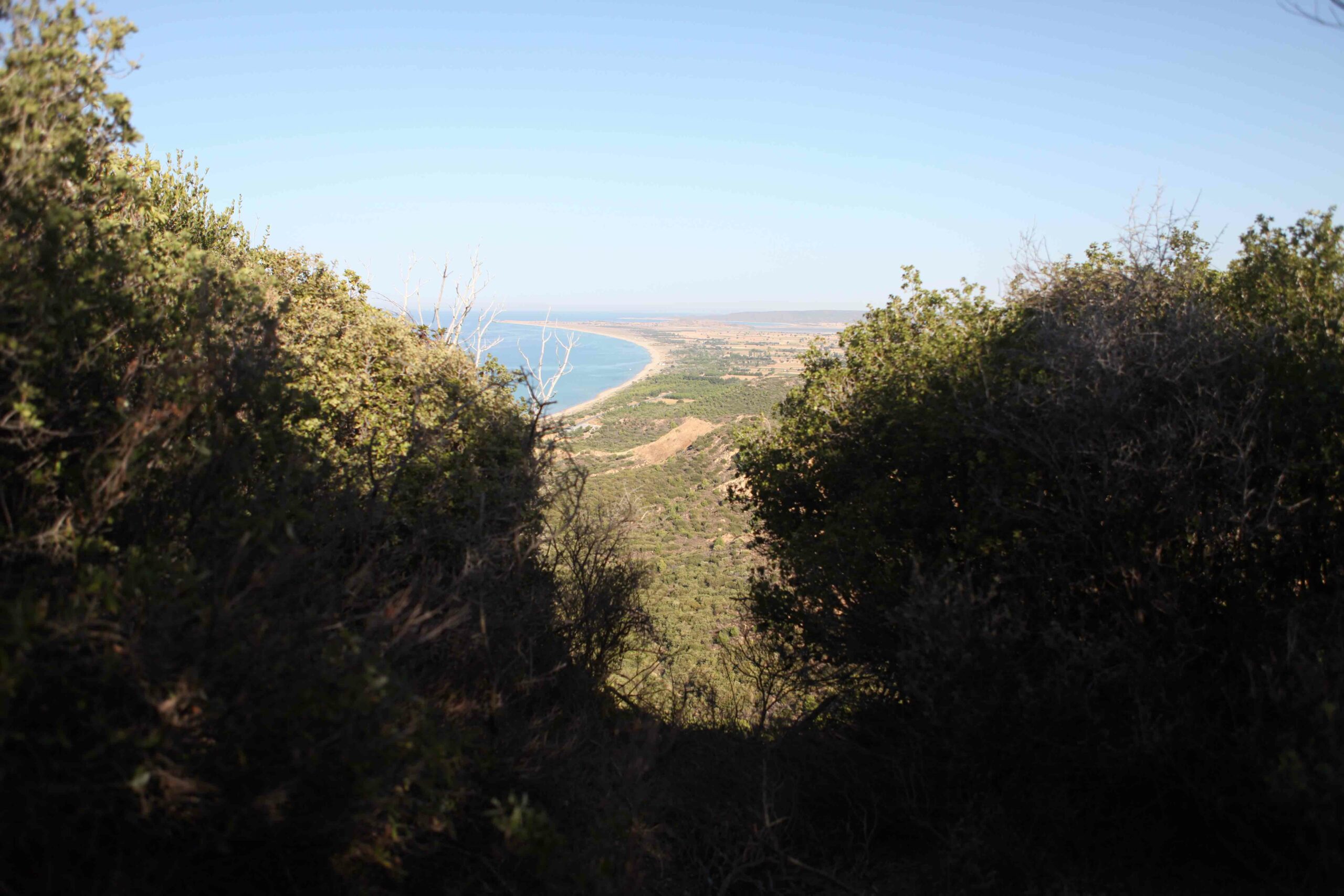 (Samir S. Patel)
(Samir S. Patel) -
Artifacts May/June 2013
Ancient Near Eastern Figurines
Ceramic figurines were part of a cache of objects found at an Iron Age temple uncovered at the site of Tel Motza outside Jerusalem
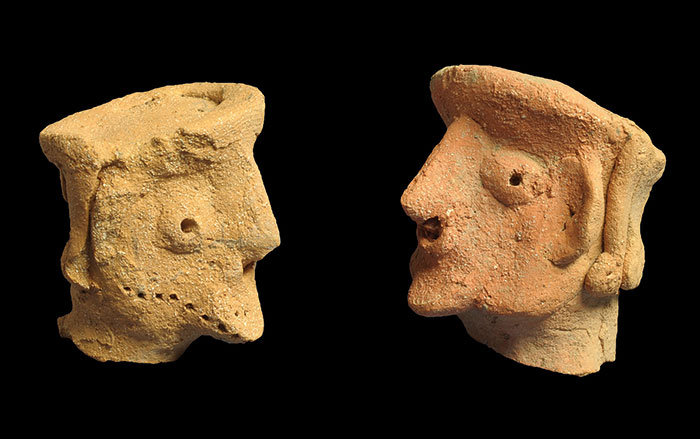 (Clara Amit, courtesy of the Israel Antiquities Authority)
(Clara Amit, courtesy of the Israel Antiquities Authority)


